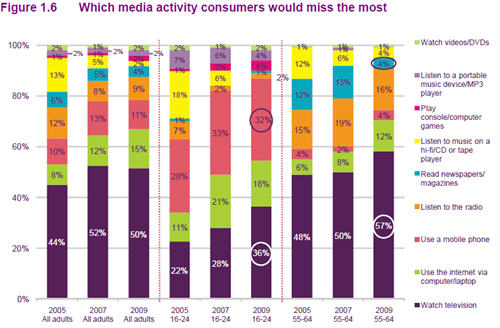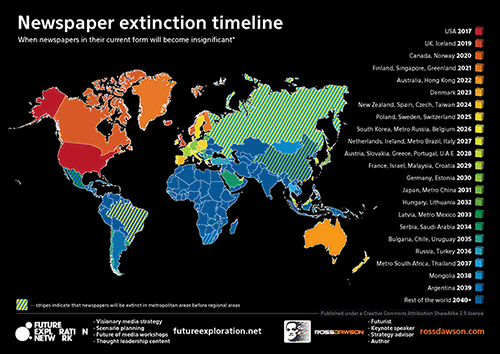The Future of TV is community: linking social media with big screens
A few weeks ago I gave the opening keynote at the annual conference of the Regional TV Marketing association, held in Byron Bay, Australia, on the topic of Creating the Future of Media.
As I started preparing my keynote I realized that many of my usual messages about media fragmentation and re-aggregation weren’t the most relevant to this audience, and certainly not what they wanted to hear. As I spent time looking into and considering regional televsion, the more I realized that this is an extraordinarily promising media sector.
The first thing to consider is the power of big budget video production and big screens.
“Television” is close to a legacy concept, in a similar way to how “newspapers” are becoming news-on-paper and then simply news over multiple channels. However even while broadcast and cable TV erode and we shift to a world of multi-channel video, big productions and big screens will remain compelling.
This chart from Ofcom’s communication survey shows how big screens are becoming increasingly important, most of all to young people.


